Creating a Microclimate in your Garden
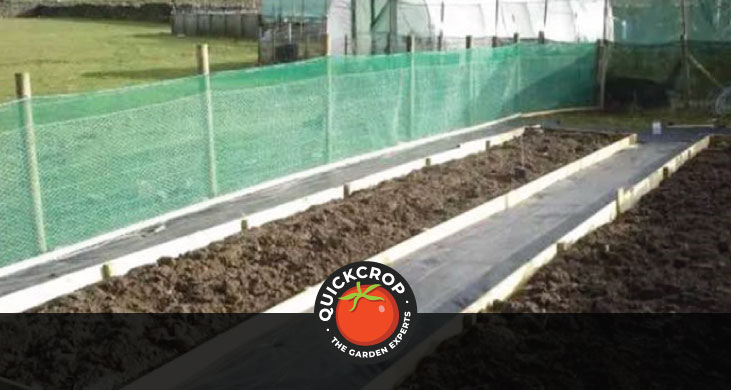
What is a Microclimate?
A microclimate is a small localised area that differs somewhat from the surrounding weather conditions, for example being warmer, more humid, windier etc. A ‘localised area’ doesn’t mean your town or county, but smaller areas such as a valley, a street beside a tall building, or a section or patch of your garden.
An illustrative example of a distinct (and somewhat accidental) microclimate is that of the ‘urban heat island’. This phenomenon is famously associated with cities like Los Angeles, which is often visualised as a sweltering, humid ‘urban jungle’ (see the opening of Predator 2 for a genius example of this). These warmer conditions are brought about by the way urban materials like asphalt or building facades reflect and magnify the sun’s heat.

Exacerbating the situation, there is generally a lack of greenery in dense urban spaces to soak up this sunlight and have a cooling or evaporating effect. This is indeed something that urban planners attempt to tackle in some cities with ‘green walls’, living facades or other vegetation.
'But wait, how does this relate to the garden?', I hear you ask exasperatedly. Well, take an urban 'balcony garden' for example. Tall nearby buildings can create a 'wind tunnel' effect which can subject your plants to very strong winds. Depending on the angle or direction that your balcony faces, it can suffer from a shortfall of sunlight or, in some cases, very strong sunlight.
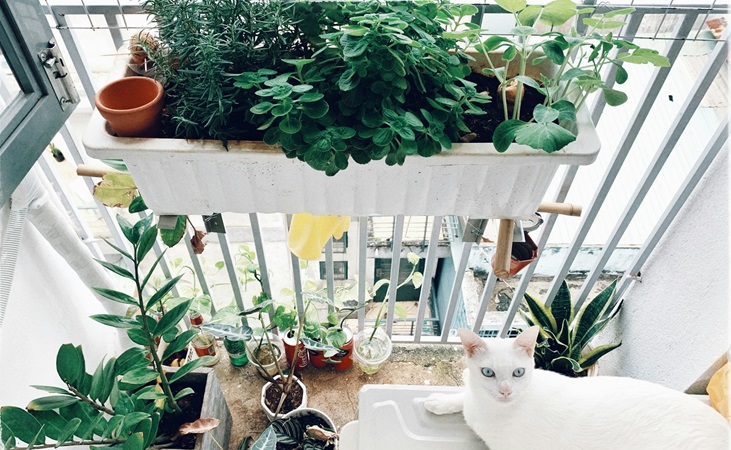
Even in rural or suburban gardens, people will often find that their own backyard climate can be a little different to that of their neighbour's, or that small sections of their garden can differ from each other when it comes to the prevailing conditions for plant growth.
Ideally a garden microclimate can:
- mitigate general weather conditions
- encourage healthier and more robust plant growth
- allow you to grow a greater range of plants
- lengthen your growing season
Alternatively, an unfavourable microclimate can make growing vegetables more challenging.
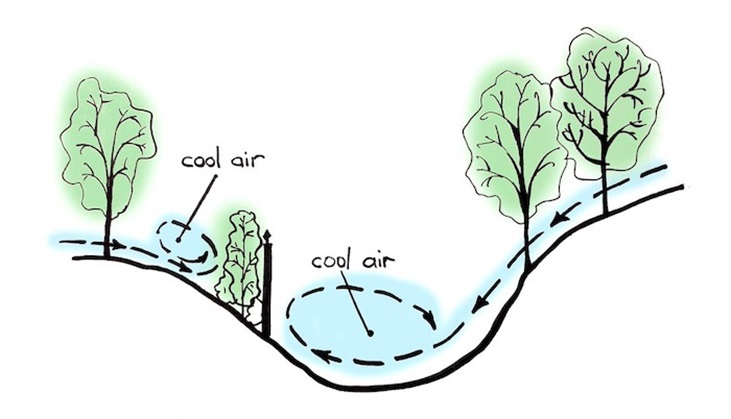
Some Examples of Garden Microclimates
The natural topography of the landscape often results in small microclimates. Low-lying areas, such as at the bottom of a small hill or dip, are more prone to lingering frosts as colder air pools close to the ground. These are known as ‘frost pockets’, and in a garden they can delay your planting times in spring.
On the other hand, small areas or corners of your garden can (depending on orientation or lack of obstruction) benefit from stronger levels of sunshine than others, and these areas can be seen to warm up quicker in spring. Areas that are naturally shaded - such as those close to tall trees or dense hedging - will tend to be cooler.

The area surrounding or close to a sun-facing wall (which would be generally south-facing in Ireland and the UK) will benefit from more heat for longer periods, as the wall absorbs heat and slowly releases it when temperatures drop.
Take a ‘lean to’ greenhouse placed up against a south-facing wall which has an unobstructed access to sunlight. This microclimate will warm up quicker in spring and stay warmer for longer. It can also require attention during the warmer months of the year, when effective ventilation will be necessary to prevent overheating and plant stress.

Ida Wall Mounted Greenhouses
View Product
How To Create a Microclimate
A garden microclimate can develop completely naturally, but you can also foster or create a suitable microclimate by using methods such as strategic planting, shading or crop covers. Creating a microclimate is easier still if you have a polytunnel or greenhouse. Indeed, this is one of the main benefits of investing in a covered garden structure.
Methods of Creating a Microclimate in the Garden
Creating a Windbreak
Gardens in exposed locations are vulnerable to strong winds, which can damage tall plant stems, dry out garden beds or even cause soil erosion.
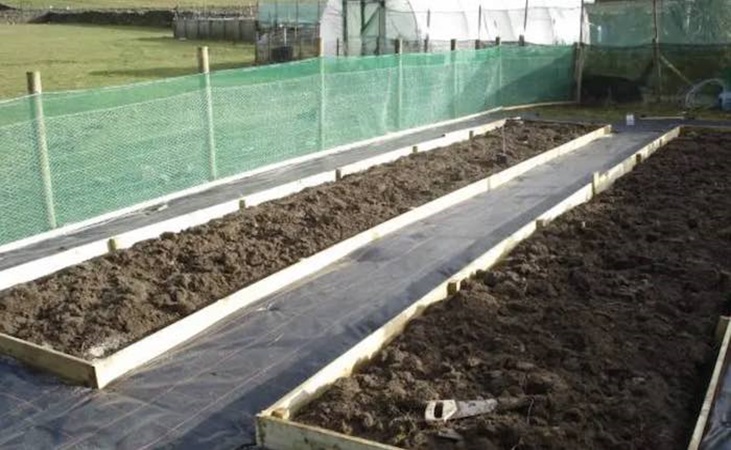
Methods of wind protection can be either natural or man-made; in the former case you can create a natural windbreak by planting a hedge or encouraging the growth of dense foliage. The benefits of doing this can be vast.
Dense hedges - such as Privet, Fagus Sylvatica or Hornbeam - can really take the sting out of an area that would otherwise be exposed to strong winds. Hedging can also provide shelter for tender plants and prevent moisture loss from the soil.

Hornbeam Bare Root Hedging Plants
View ProductIf you lack natural barriers in your garden, bare root hedging can be the most cost effective way to create them. It can take time for hedging to establish, but in the long-term it serves as a more effective barrier against the elements than fencing. One key reason for this is that they allow some wind to pass through while slowing the force of the wind down.
Fencing on the other hand can take the brunt of gale force winds, often leading to damage and the need for repair or replacements. Hedging is also a fantastic way to promote biodiversity in your garden. Not only does it provide habitat for beneficial garden insects and small animals, but edible hedging varieties can also provide sustenance for birds and other creatures when other food sources may be scarce.

Windbreak & Garden Netting Rolls
View ProductA ‘shelter belt’ similarly refers to a natural barrier, but this tends to be a more concentrated barrier consisting of 3 or 4 rows of tall trees or shrubs. These can be invaluable when placed in vulnerable locations such as the side of a hill or near a coastal area. They do require more space, so are more commonly used to protect areas of farmland or fields rather than smaller garden spaces.
Soil and Microclimate
There are various things to be taken into account when it comes to the kind of soil you are working with. Every gardener should have a good idea of the acidity levels of their soil, as this can influence which crops they can successfully grow. A moderately acidic soil (with a pH between 6.1-7) will allow for the widest range of plants and is pretty ideal for most DIY growers.
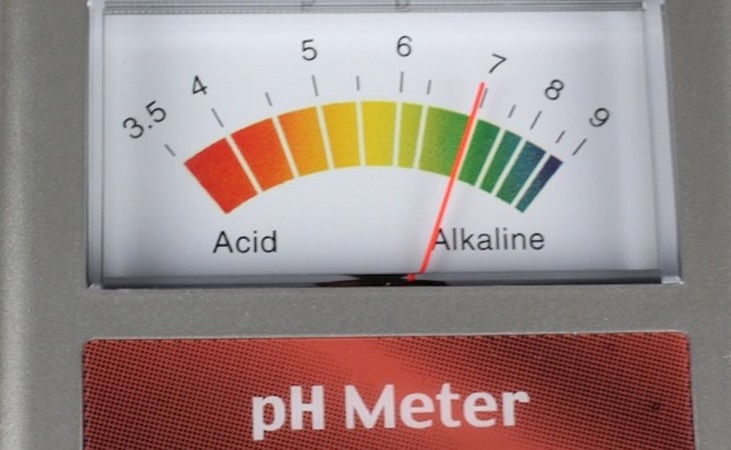
Overly acidic soil can be tackled by adding lime or calcified seaweed. Soil on the other extreme of the scale (i.e. alkaline) can be harder to fix, but it is also much more unlikely in the UK and Ireland, where soils tend towards acidity.
Garden soils that are prone to getting soaked or waterlogged in inclement weather can be a problem. Cultivating the soil or adding rotted manure can improve drainage; addressing overflowing drains or working on a landscaping layout can also help.

Vitax Calcified Seaweed - 2.5kg
View ProductOn the other hand, if an area of your garden is persistently damp you could choose to work with it and create a ‘bog garden’. This is an area where moisture-loving plants such as Marsh Marigold or Purple Moor Grass can thrive. A bog garden can serve as an alternative to a garden pond, or it can be adapted around pond edges. It serves as an excellent wildlife habitat.
It's worth noting that for those with less spacious gardens, some tree species can have a negative effect on soil microclimate: they take up nutrients from the soil, while extensive foliage can prevent rainfall from being absorbed - thus leading to drier conditions in the surrounding area.
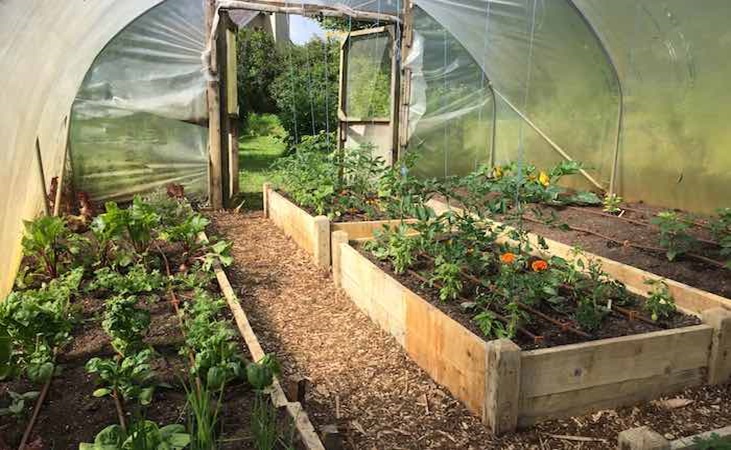
Growing under Cover
One of the most effective ways of creating a microclimate in your garden is by using a covered growing structure such as a polytunnel or greenhouse.
Creating a Microclimate in Your Polytunnel
A polytunnel itself is already a microclimate; this may well be its biggest selling point. The interior of a tunnel is heated up by solar radiation, resulting in temperatures that can be considerably warmer than outside.

10ft Wide Polytunnel
View ProductA polytunnel can enable you to get started on the growing season up to 6 weeks earlier in spring, particularly if you set up a propagation area with a soil warming cable or electric propagator units.
Starting young seedlings off is only one area where the polytunnel excels, though. Ireland’s temperate climate can make it challenging to grow warm season crops such as tomatoes, peppers, squash and cucumber. A tunnel (or greenhouse) will help provide the stable, warmer conditions that they favour, as well as ensuring that they have a long enough period to mature and set fruit.
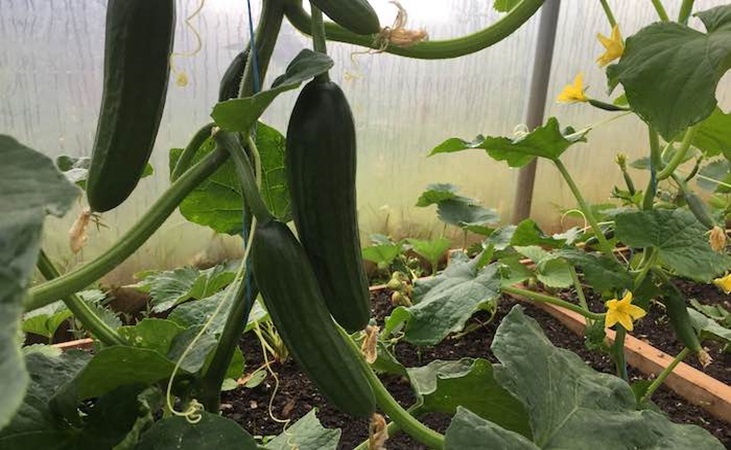
A polytunnel or greenhouse can also enable almost year-round growing. As the outdoor garden is winding down in mid-to-late Autumn, you can actually be getting started with a range of crops such as Asian greens, kale, winter radish or perpetual spinach.
Positioning a Polytunnel for Maximum Benefit
You can maximise the microclimate effect of a tunnel or greenhouse by paying close attention to its placement as well as the topography of your garden. In the UK and Ireland, it’s generally true to say that positioning the tunnel along a North-South axis will lead to both sides of the tunnel receiving roughly equal amounts of sunlight.
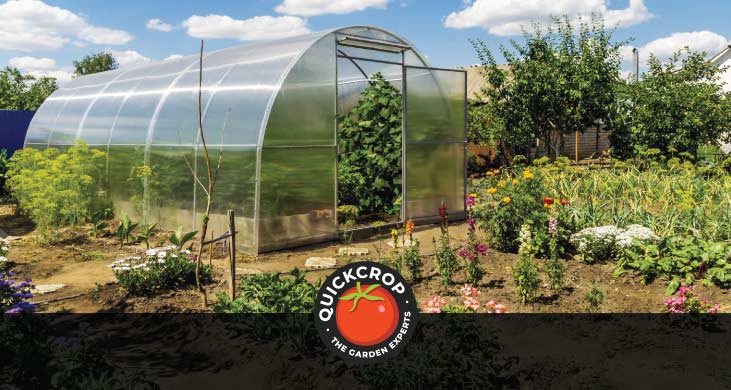
What is the Best Position for a Polytunnel?
Related ArticleOn the other hand, you can work with an East-West axis if you lay out your tunnel in such a way that shade-loving plants are on the shaded side of the tunnel. In this case the south-facing side of the tunnel will receive more sunlight.
Avoid placing your polytunnel near dense, tall foliage or hedging, as this can negatively affect the amount of sunlight it receives and thus undo a lot of the benefit of covered growing.
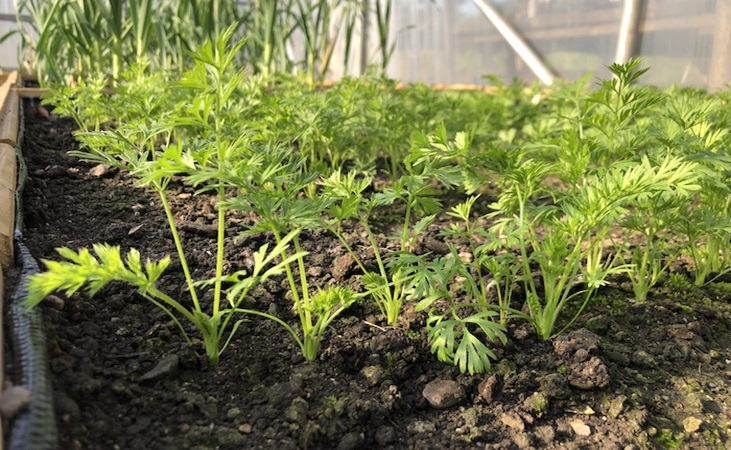
Ventilation and Temperature Control
Another thing to be aware of with a polytunnel or greenhouse is that conditions can become swelteringly hot during periods of hot summer weather. This is where ventilation comes in.
Most commercial polytunnels will come with a door, or an opening for a door, as standard. For domestic and garden polytunnels a door - preferably two doors at each end - is the gold standard when it comes to ventilation. Commercial polytunnels will often feature some form of ventilation along the sides, but this is due to the fact that they tend to be longer and are used more intensively.]
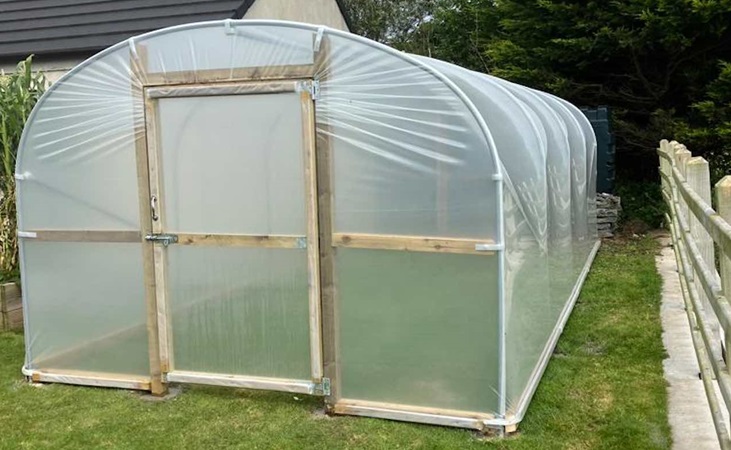
Whether you leave a door open all day, prop it open for an hour or two or have the doors at both ends open depends on prevailing weather conditions. During warm summer spells it can be a good idea to leave a door open overnight, but you can still use a mesh screen if you want to discourage cats and other tunnel 'visitors'.
The way ventilation is set up in a greenhouse is pretty different. The doorway or entrance is still a point of ventilation, but you will also have 1, 2 or more vents either on the roof or on the sides of the structure. 'Louvred' or slatted, sloped vents are a feature with many greenhouse models. Automatic roof or window vent openers are designed to open outwards when the inner temperature reaches a certain point.

Jupiter Greenhouse 8 ft Wide
View ProductAir circulation is very important in a greenhouse; without adequate ventilation plants can be susceptible to excess humidity, fungal disease or heat stress.
Mini Tunnels, Grow Houses and Other Covered Growing Methods
Not everyone can afford or has the space for a greenhouse or polytunnel, but you can still achieve a localised microclimate effect with cheaper and more compact methods. Perhaps the best (and most self-explanatory) examples of these are mini-tunnels or growhouses (or mini-greenhouses).
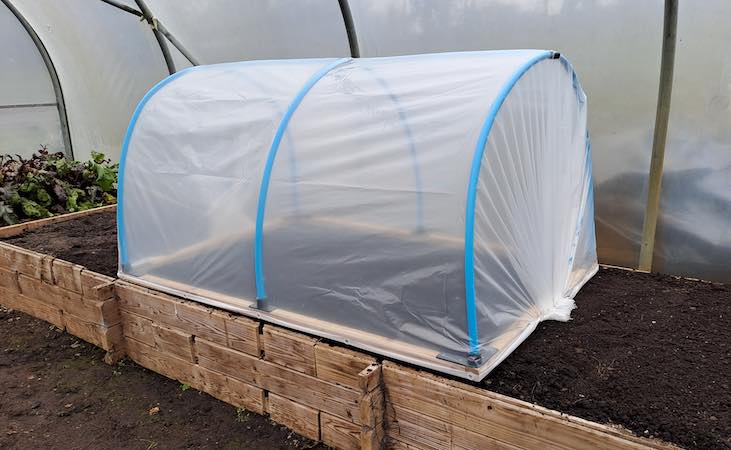
The garden mini tunnel, true to its moniker, uses a system of hoops, brackets and a timber frame to create a compact version of the polytunnel that is considerably easier to move around or disassemble. To the frame you can attach your choice of polythene, mesh, butterfly netting or fleece covering; depending on the kind of plant protection that you’re after.
The mini-tunnels that we supply here at Quickcrop are also designed so that they can be placed neatly and directly over raised beds, allowing you to encourage a warmer soil temperature for planting as well as providing crop protection. These structures see a lot of use in the Quickcrop garden, so they're not just a 'poor man's cousin' but a valuable garden accessory.

Complete Mini Polytunnel Kit With Poly Cover
View ProductIndividual plants can be covered with a cloche or even an overturned plastic bottle, which will not only have a ‘mini greenhouse’ effect but also protect young seedlings against hungry insects or slugs. Cloches should be put in place at least a week before transplanting or sowing directly into the soil.
Cloches can easily be removed or moved around to focus on individual plants or localised areas of the garden. An example of this would be covering protruding asparagus spears to protect from particularly miserable weather.
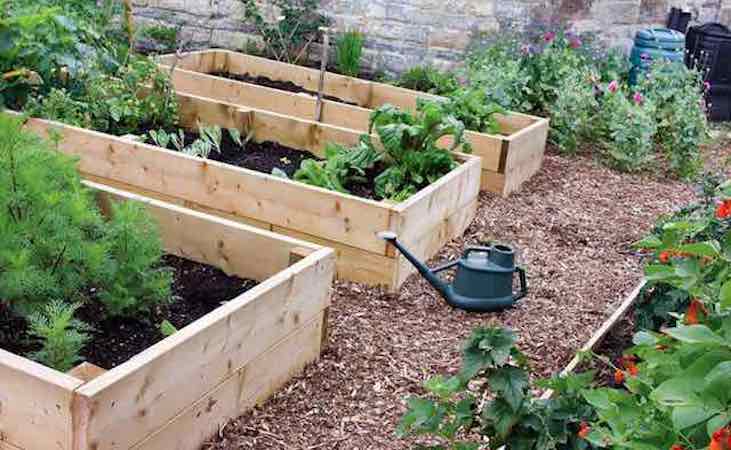
Raised Beds and Microclimate
Raised beds can often be the best answer to outdoor soil conditions that are challenging. With a raised bed or growing area you are basically building up your own soil, meaning you can add just the right proportions of organic material to create a fertile, free-draining growing medium.
Raised beds can warm a little quicker in spring, while they are also very easy to combine with crop protection measures such as fabric covers or cold frames. Because the soil is raised off the ground, it is also less likely to be tread on or become compacted.
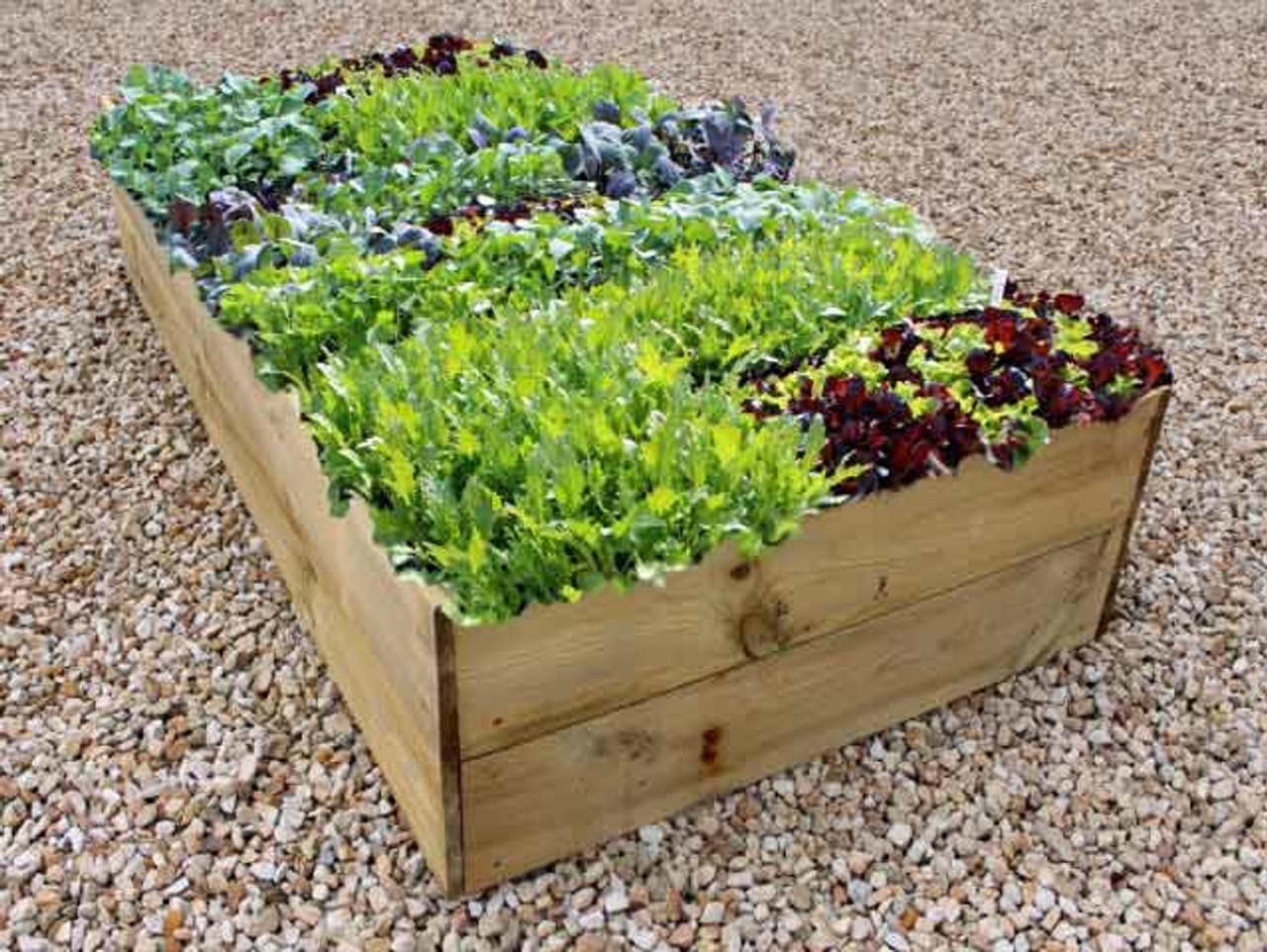
Raised Bed Kits - 35cm High Allotment Planter
View ProductMuch of the same applies to planters such as the trough-shaped Vegtrug range, which raise the plant-tending area to an accessible height. The V shape allows you to grow deeper rooted crops such as carrots, potatoes or parsnips, cancelling out what can sometimes be a drawback of using raised planters.
As above, raised planters usually come with a range of options for cover or protection, including mesh, polyethylene or shade covers - allowing you to foster a controlled microclimate for crop growth.
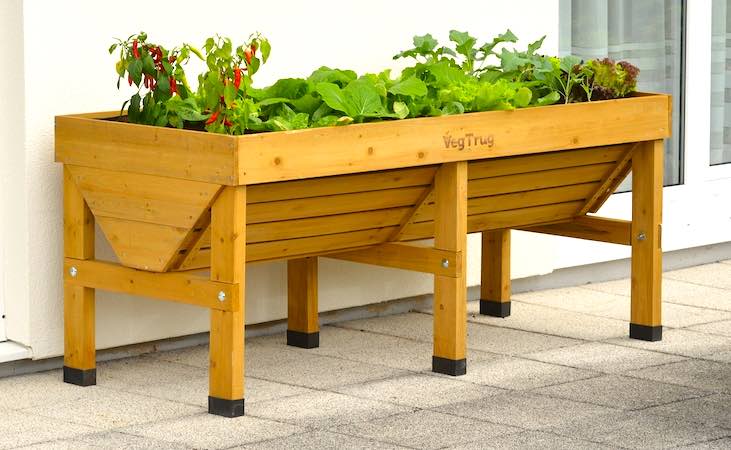
You can optimise growing conditions even further with a self watering or ‘wicking bed’. This addresses one of the challenges of growing in raised planters, namely that they can dry out sooner than if you were growing directly in the ground. Vegtrug have their own variation of this design with the 'Vegepod', which comes complete with a permeable mesh canopy cover which can be propped open as necessary.
Mulching
Mulch refers to organic or inorganic material such as straw, wood chip, well-rotted manure, or stone chippings which are applied to the soil surface surrounding plants or in raised beds. Organic mulches can be between 2 and 3 inches thick.
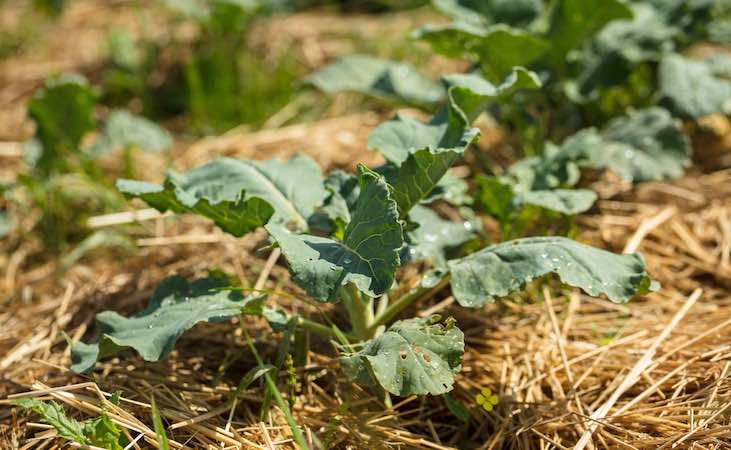
Layers of mulch can have an insulating effect and help retain moisture in the soil during warmer conditions; this fosters a more stable soil microclimate for plant growth as opposed to a cycle of soil drying out and being freshly watered etc.
Biodegradable mulches have the added benefit of supplying nutrients and improving soil structure as they break down.

Wood Chip / Bark Mulch - 850 litre bag
View ProductMulch can also protect soil against the elements in winter, preventing soil erosion as well as discouraging weed growth.
Thermal Mass
The principle of thermal mass is that objects made from material such as brick, stone, earth and clay can absorb thermal energy from the sun and then slowly release that energy back outwards when surrounding temperatures drop.
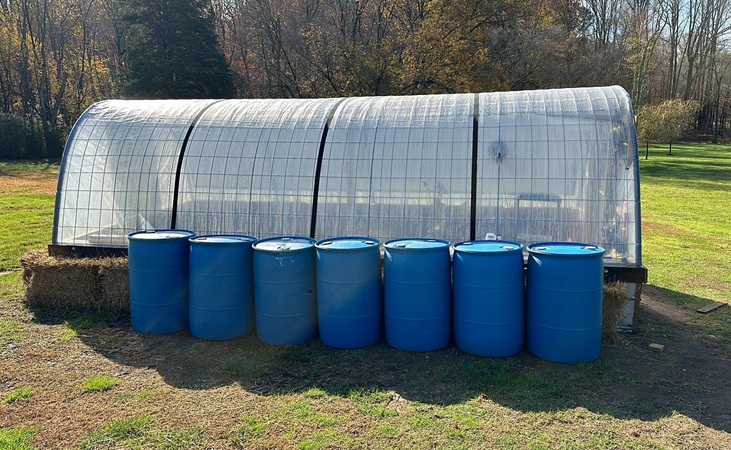
A barrel filled with water is sometimes used by gardeners to raise the ambient temperature within an otherwise unheated polytunnel or greenhouse (whether at night or in winter). As with the objects mentioned above, barrels that are black or similarly darkly coloured will more readily absorb heat.
One downside of thermal mass methods is that these objects can take up valuable space in smaller gardens or growing structures. Anecdotally speaking they can also be hit and miss, and may well depend on other factors like the prevailing climate in your area or garden topography.
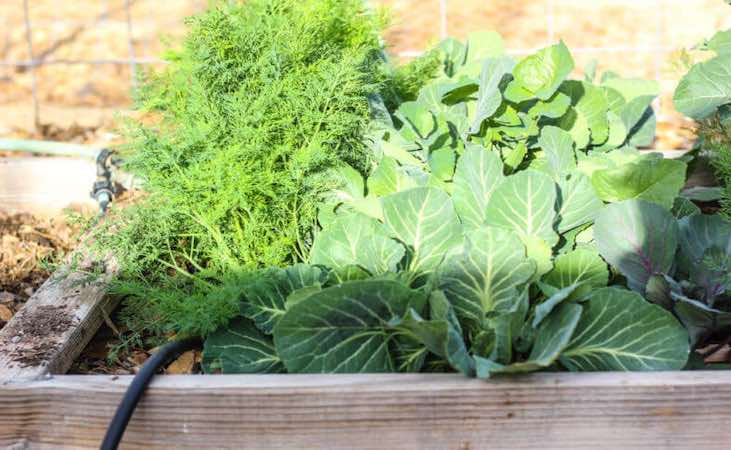
Sunlight
Some gardeners experiment with methods of increasing the amount of sunlight available to their plants. These can include using reflective materials like mirrors and foil or painting walls white. If using mirrors in this way, be careful not to 'burn' plants by concentrating strong sunlight.
When growing plants indoors, you can make up for a shortfall of sunlight by using artificial lighting or 'grow lights'. There are quite a lot of options to choose from, some more advanced than others, and some more energy efficient than others. Plants tend to use blue light for growth and red light for flowering.
But what about when you have too much sun? (chance would be a fine thing)... There are a range of drought-tolerant herbs or plants that can be grown in areas with strong sunlight or drier soils, including 'succulents' which are characterised by silvery or grey leaves.

Grow Light Garden
View Product
Grouping Plants Together
You can arrange or plan your garden in such a way that plants with similar needs are kept close together. This kind of strategic grouping can:
- Conserve water usage
- Avoid over or underwatering
- Allow for targeted soil improvement, mulching or addition of nutrients
- Make the best of localised microclimates in your garden, such as relatively moist, shaded or exposed zones.
- Save you time in the garden by streamlining your tasks
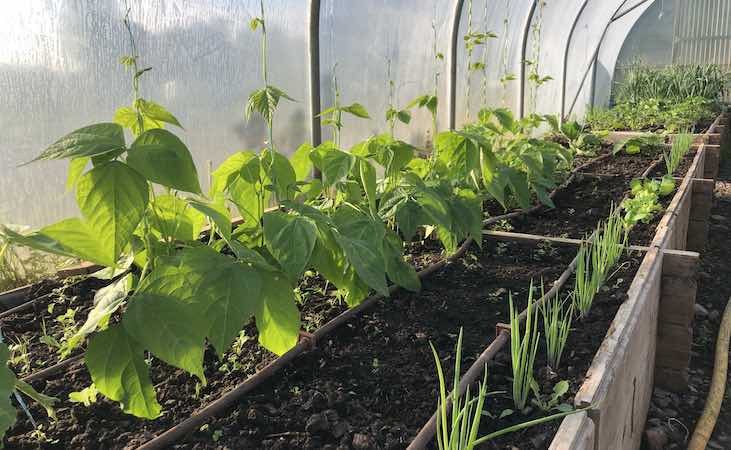
- A good way of using your space efficiently is by planting shade-loving plants under the shadow of tall-growing or climbing varieties.




